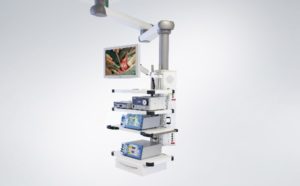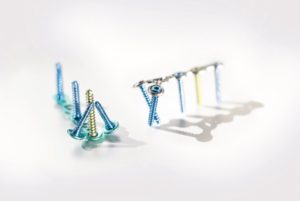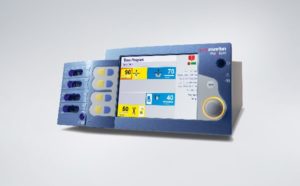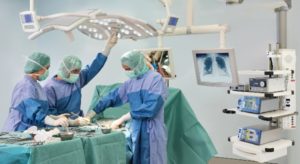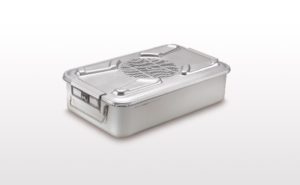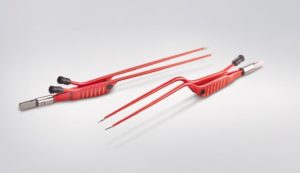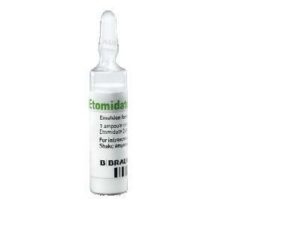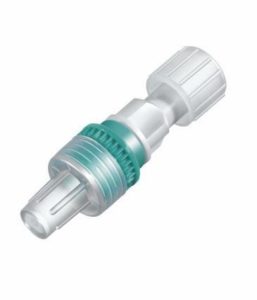Loss of extended bone structures (e.g. due to trauma or tumor) involves considerable physical and emotional stress for patients while leaving the treating physician in doubt about how the defect can be covered in the best possible way. Commonly available mesh is only poorly suited for adaptation to the complex three-dimensional contours of the cranium, as the bending process is very time-consuming and weakens the implant in addition. Bone grafts, in contrast, are necessarily associated with a traumatic intervention and correspondingly long hospitalization times for patients. Bone substitute materials, as a third option, can usually be used only for partial coverage of the defect.
Patient-specific implants can be an effective solution in this situation, helping surgeons to overcome the difficulties involved and master resulting uncertainties.
Indications
■ Posttraumatic reconstructions
■ Loss of bony integrity
■ High-speed traumas with increasing intracranial pressure
■ Tumors, ulcers, cysts
■ Manifest infections in cranioplasties
■ Limited supply of autologous bone grafts



